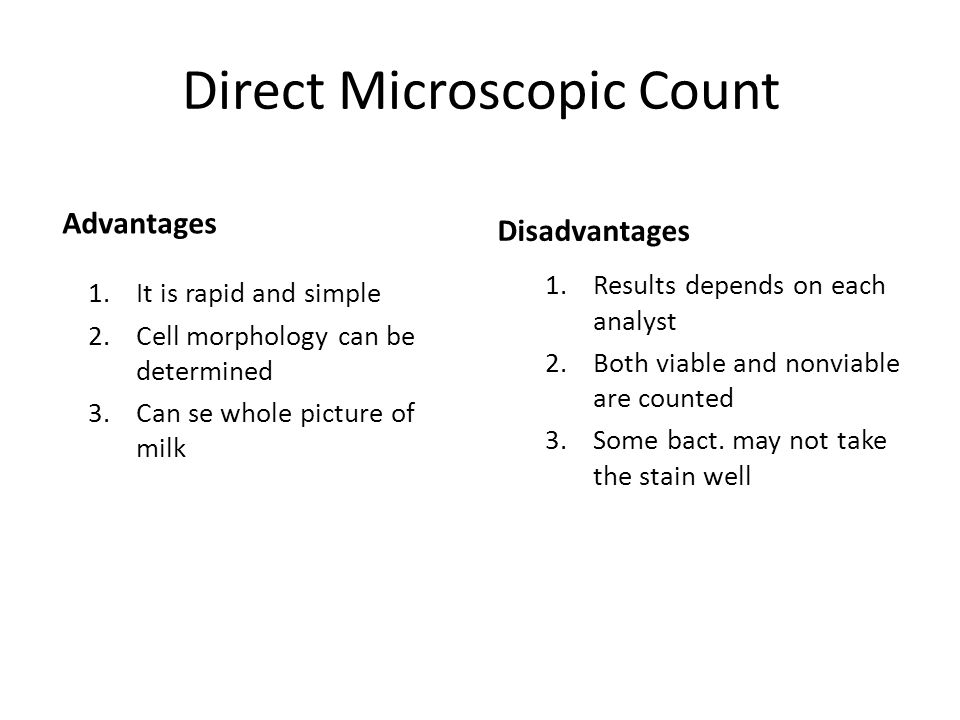What Are Some Advantages And Disadvantages Of The Serial Dilution Agar Plate Te

Start studying 13) Serial dilution agar plate. Learn vocabulary, terms, and more with flashcards, games, and other study tools. What is the advantages.
Overview Source: Laboratories of Dr. Ian Pepper and Dr. Charles Gerba - Arizona University Demonstrating Authors: Bradley Schmitz and Luisa Ikner Surface soils are a heterogeneous mixture of inorganic and organic particles that combine together to form secondary aggregates. Within and between the aggregates are voids or pores that visually contain both air and water. These conditions create an ideal ecosystem for bacteria, so all soils contain vast populations of bacteria, usually over 1 million per gram of soil.
Bacteria are the simplest of microorganisms, known as prokaryotes. Within this prokaryotic group, there are the filamentous microbes known as actinomycetes. Actinomycetes are actually bacteria, but they are frequently considered to be a unique group within the classification of bacteria because of their filamentous structure, which consists of multiple cells strung together to form hyphae.
This experiment uses glycerol case media that select for actinomycete colonies, during dilution and plating. Typically, actinomycetes are approximately 10% of the total bacterial population. Bacteria and actinomycetes are found in every environment on Earth, but the abundance and diversity of these microbes in soil is unparalleled.
These microbes are also essential for human life and affect what people eat, drink, breathe, or touch. In addition, there are bacterial species that can infect people and cause disease, and there are bacteria that can produce natural products capable of healing people. Actinomycetes are particularly important for producing antibiotics, such as streptomycin. Bacteria are critical for nutrient cycling, plant growth, and degradation of organic contaminants. Bacteria are highly diverse in terms of the number of species that can be found in soil, in part because they are physiologically and metabolically diverse. Bacteria can be heterotrophic, meaning they utilize organic compounds, such as glucose, for food and energy, or autotrophic, meaning they utilize inorganic compounds, such as elemental sulfur, for food and energy. They can also be aerobic, utilizing oxygen for respiration, or anaerobic, utilizing combined forms of oxygen, such as nitrate or sulfate, to respire.
We currently serve over 50 countries worldwide, including Germany, Italy, France, Poland, Switzerland, Russia, the South African Republic, Morocco, Turkey, the UAE, Saudi Arabia, Thailand, and many others. GOLDEN RESINS Helios Resins is a separate business unit of the Helios Group producing the highest quality liquid resins for advanced coating and composite manufacturers globally. Tipovoj proekt elektrosnabzheniya zhilogo zdaniya. Our coating resin brands − DOMOPOL, DOMACRYL, DOMALKYD, and DOMEMUL – and composite resin brands COLPOLY and COLGEL – have achieved a strong market position and are trusted for their quality and reliable service. • Flexibility to meet customers's requirements • On-time delivery • High quality of every order. Today, Helios Resins produces over 60,000 tons of liquid resins annually, including coating resins, composite resins, and polyester polyols for PU flexible foams.
Some bacteria can use oxygen or combined forms of oxygen and are known as facultative anaerobes. Cite this Video JoVE Science Education Database. Environmental Microbiology. Culturing and Enumerating Bacteria from Soil Samples. JoVE, Cambridge, MA, (2019).
Principles One way to enumerate the number of bacteria present in a soil sample is to utilize dilution and plating methodology. This methodology utilizes agar as a medium for bacterial growth, a process termed, “culturable technology.” Because of the vast numbers of bacteria found within soils, a small sample of soil is serially diluted in water, prior to being plated on agar within a Petri plate.
Typically, a small amount of soil contained within 0.1 to 1 mL of the diluted soil suspension is “spread” over the surface of the agar plate. The plates contain agar, which is molten when hot, but solid when cool. In addition to the agar, nutrients, such as peptone yeast or a product commercially available as R 2A, are added to the medium to allow for the growth of heterotrophic bacteria. Dilution and plating is an inexpensive and relatively simple technology for the enumeration of soil bacteria. However, there are several drawbacks to the technique. Some common errors and assumptions associated with dilution and plating assays are as follows: it is assumed that every single soil bacterium gives rise to a colony, but in reality a colony may arise from a clump of cells, resulting in an underestimation of true culturable count.
During serial dilution of the soil, soil particles can settle out (fall to the bottom), so the true aliquot of soil is not passed on into the next dilution. Many soil microbes are viable but non-culturable. Slow growing bacteria may not result in visible colonies within a reasonable time frame (1-2 weeks). Also, anaerobic bacteria do not grow under aerobic conditions, and bacteria that do grow are selected for by the nutrients added to the medium. Thus R 2A selects for heterotrophic bacteria, while elemental sulfur selects for autotrophic sulfur oxidizers. Overall, it is estimated that only 0.1 to 1% of all soil bacteria can be cultured.